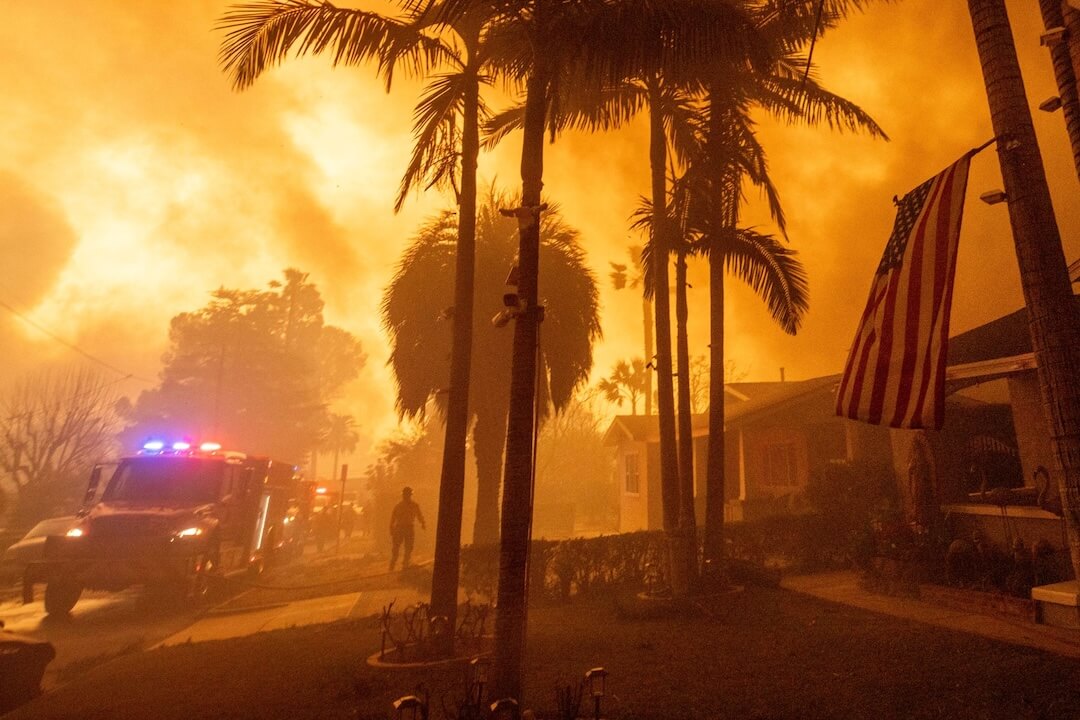While trawling the Internet recently for interesting articles to discuss with my class of junior journalism students, I found a news item I thought would get a laugh in class: Barbie’s next career is going to be television news anchor.
For the first time, toy maker Mattel allowed fans to choose the next line of work for its iconic doll in an online vote, and in a choice between architect, computer engineer, environmentalist, surgeon and news anchor, girls around the world overwhelmingly chose on-air journalist.
“News Anchor Barbie,” due out in September but already available for pre-sale on the Mattel Web site, comes clad in a pink skirt-suit with a microphone, a “news folder” and a television camera. The press release notes the silver and black accents in her outfit “off-set by black high heels and pink bows.” She apparently is “always camera-ready” so she sports a “blunt cut hairstyle perfect for her close-ups.”
I was admittedly trying to score some laughs by sharing this news item with the class, but privately, I found myself strangely uplifted on learning that young girls still want to be journalists.
Looking at that doll, I found myself comforted by the idea that although the journalism profession has taken a beating lately with cutbacks and layoffs and foldings, the profession still holds some of its gloss. It seemed almost reassuring for the future of journalism.
Mary Alice Williams, my colleague in the journalism program at Purchase College, State University of New York, and an award-winning former news anchor for NBC and CNN, had a chuckle, then asked if she could comment on the pink suit before seeing the serious side of my argument.
“When all the polls say that society takes a dim view of our profession, the fact that little ones see this as a noble craft is a good thing,” she said.
What’s more, it’s not just the doll-playing age group who still admires journalists, it’s the college-aged demographic, too. Barbie’s 125th profession in the “I Can Be” doll series, reminded me of an interesting trend that many of us in journalism education have been noticing: while journalism jobs appear to be evaporating, journalism schools are booming.
At Purchase, located in the Westchester suburbs north of New York City, journalism has grown to become the second biggest major in the liberal arts and sciences, second only to psychology. In 2003 when I joined the faculty full-time, I was the first journalism professor at the college, ever. Today, in recognition of our surging numbers, we are a faculty of five.
Other j-schools are experiencing the same phenomenon. Last year, Forbes magazine reported that “Columbia, Stanford and NYU applications increased 38 percent, 20 percent and 6 percent respectively, from the previous year. Same thing at state schools. The University of Colorado (up 11 percent), University of North Carolina (up 14 percent) and the University of Maryland (up 25 percent) all saw gains.”
While veteran hacks like me may be crying into our beers about the state of the profession, young people are apparently still drawn to it. Jobs might be dwindling, but the appeal of journalism is apparently not.
At the start of every semester, I poll the students in my Journalism 1 class to learn their ambitions. Every year, the results of my highly informal poll are broadly the same. In a class of about 20, two or three of the female students say they want to work in women’s magazines. About two or three of the young men want to be sports announcers. About a quarter say they chose the major because they like to write. A handful say they want to write music reviews; some want to write for Rolling Stone magazine. There’s often one person in the class who wants to be a National Geographic photographer.
This semester, after my informal poll we talked about the state of the journalism industry. The students were all aware of the changes in the media world. A few reported their parents’ nervous warnings against going into such an unstable field. But, as is the case with young undergraduates trying to pick a direction for their lives, in choosing their major they were simply trying to match their futures to their interests.
They are all creatures of the media and avid consumers of it. In class, they are often very critical of what they see as the ethical failings of the journalism industry, yet they still revere it and yearn to be a part of it.
Last year, the Pew Research Center for the People & the Press, published a survey of attitudes about media and found that people in the youngest age group that they surveyed, the 18- to 29-year-olds, had a much more favorable view of the media than any of the older age groups. For example, 71 percent of 18-29-year-olds had a favorable view of CNN, compared to 57 percent of 30-49-year-olds, 59 percent of 50-64-year-olds and 55 percent of over 65-year-olds.
The same survey found that more of the 18-29-year-olds said it would be “an important loss” if major newspapers stopped publishing and shut down their Web sites (78 percent), compared to 70 percent of 30-49-year-olds, 61 percent of 50-64-year-olds and 60 percent of the over 65s.
My class of juniors got a laugh out of my Barbie musings and just to underline that News Anchor Barbie really is a sign of the times, I noted that she comes with her own television camera.
“See,” I said, “She’s Multimedia Barbie!”
“Yeah,” said a voice from the front of the room. “But does she know Final Cut Pro?”





